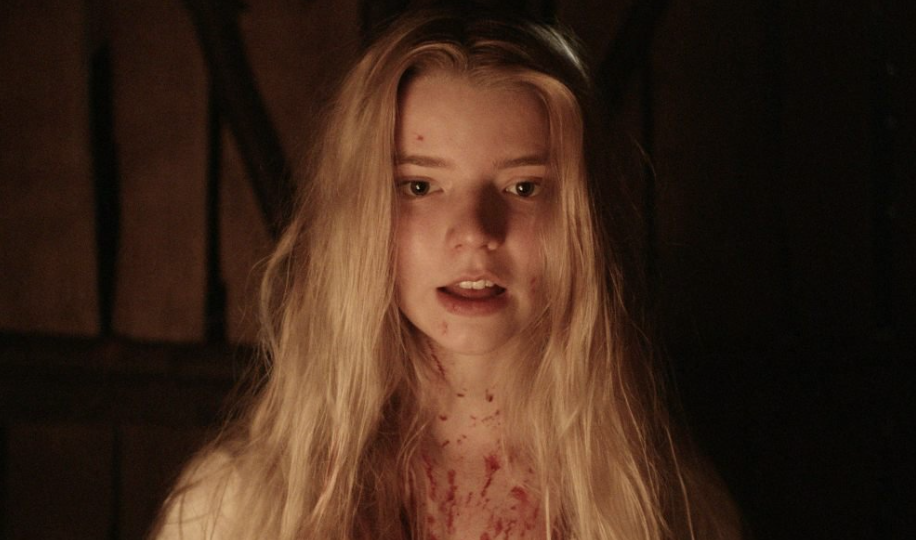Having missed the Sundance ’15 debut of Robert Egger‘s The Witch, I didn’t see it until a year later. Boy, was I won over! For me, the film’s critical praise and box-office success ($40 million gross vs. $4 million budget) crystalized my understanding that elevated horror had become a thing — a respectable sub-genre as well as an assurance that not all horror films needed to be aimed at primitives.
A year earlier Jennifer Kent‘s The Babadook had defined the 21st Century template; in 2018 Kent’s The Nightingale and Ari Aster‘s Hereditary fortified things, followed in 2019 by Aster’s Midsommar.
I have this idea that elevated horror was launched by the German expressionists (Robert Wiene‘s The Cabinet of Dr. Caligari, F. W. Murnau‘s Nosferatu) in the early 20s. Was Val Lewton‘s Cat People the first American-made flick to suggest creeps rather than show them? The prize for the best E.H. flick of the ’60s was split between Jack Clayton‘s The Innocents (’61) and Robert Wise‘s The Haunting (’63). The most explosively popular E.H. of all time, of course, was William Friedkin‘s The Exorcist (’73).
Anyway, last night I re-watched The Witch, and this time with subtitles. From my original review: “I’m very much looking forward to the subtitle option when the Bluray comes out. Ralph Ineson, blessed with one of those magnificent deep voices with a timbre that can peel wallpaper, was the only one I fully understood on a line-for-line basis. To my ears everyone else spoke 17th-Century dithah-moundah-maaaysee-whatsah.”
Now that I’ve “read” Eggers’ script, so to speak, my respect for The Witch‘s period-authentic language is greater.
More review excerpts: “This little creeper (which was projected last night at a 1.66:1 aspect ratio!) is set on an isolated farm in 17th Century New England, when the lore of witches and sorcery was at an all-time high. I was seriously impressed by the historical authenticity and the complete submission to the superstitious mythology of evil in the early 1600s and the panicky mindset of those God-fearing Puritans who completely bought the notion that demonic evil was absolutely manifest and waiting in the thicket.
“I was entranced by Eggers’ slowburn strategy, which pays off in spades during the final 25 to 30 minutes. And I was fascinated by the allusions to sexuality as a kind of budding demon seed.
“The focus is on a farming family of seven — a strong, devout father with a deep resonant voice (Ralph Ineson), a wiry, agitated, asexual mother with a mostly impenetrable accent (Kate Dickie), an intelligent and very hot mid-teen daughter (Anya Taylor-Joy), a younger brother disturbed by sensual stirrings (Harvey Scrimshaw), two toddlers (Ellie Grainger, Lucas Dawson) and an infant — and one of the most fearsome and persistent threats, never acted upon or spoken of but constantly flowing in the blood, is the animal energy of sex.
“The basic shot is that witchery is beyond vile. It has no decency, respects no bounds. God offers zero protection to a family unlucky enough to be living near a coven of witches and warlocks residing a mile into the woods. Everyone is fucking toast. An infant will be used for the foulest of rituals, thoughts of sibling sexuality will slither and poke, crows will pick at mother’s breasts, the horns of goats will become a good deal more than just metaphors for twin erections.
“The Witch doesn’t kowtow to your basic 21st Century horror bullshit — its immersion in the early 1600s is absolute.”

